Nuclear Power Plants in IndiaThere are many nuclear power plants in India located in different states of the country. Today, nuclear power is the fifth-largest source of electricity in India apart from hydroelectric, renewable, and thermal power plants where heat is produced by burning coal or natural gas, etc. Unlike other energy plants, in nuclear power plants, the heat is produced by the nuclear reactor through nuclear fission without burning anything such as coal or natural gas, etc. In a nuclear power plant, a reaction called nuclear fission occurs in which uranium atoms are split and heat is produced. This heat is used to spin turbines that result in the production of energy or electricity. As of 2016, there were 22 nuclear reactors in India operating successfully under the aegis of Nuclear Power Commission of India (NPCIL) at seven different sites in different states of India. These sites are described below with the information about their units and their power generation capacities. List of Nuclear Power Plants in India
1) Tarapur Atomic Power Station, MaharashtraTarapur Atomic Power Station is located in Tarapur, near Boisar in the Thane district of Maharashtra, India. It is the first or the oldest commercial nuclear power station in India. It is operated and owned by the Nuclear Power Corporation of India (NCPIL). 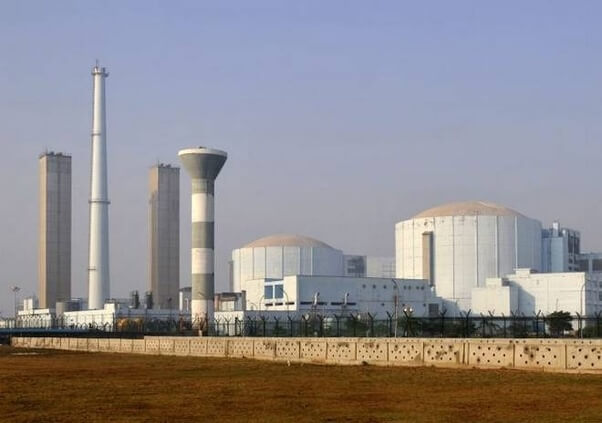
An Agreement was signed between India, the United States and the International Atomic Energy Agency (IAEA) for the construction of this plant for the Department of Atomic Energy, Govt. of India. It was constructed by General Electric Company and Bechtel Corporation. The construction began in October 1964 and on 28 October 1969, it started its operation with two boiling water reactor (BWR) units as per the agreement. Until February 2003, it had generated over 60,000 million units of energy. Later two pressurized heavy water reactor (PHWR) units were started between 2005 and 2006. 2) Kakrapar Atomic Power Station, GujaratIt is a nuclear power station located on the banks of Tapti River near Vyara city, 80 km away from Surat, Gujarat. Its exact location is Mandvi Tehsil near Moticher. 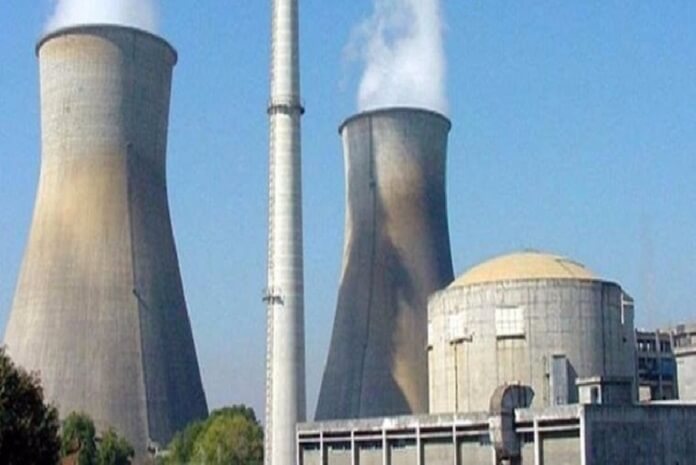
As of now, KAPS is operating two PHWRs (KAPS-1 and KAPS-2); the first reactor became operational on 6 May 1993, whereas the second reactor started commercial operation in September 1995. Both of these units were renovated and modernized; KAPS-1 in 2019 and KAPS-2 in 2018. Two more new units (KAPS-3 and KAPS-4) are supposed to begin their operations one by one in 2019 and 2020. The contract for the construction of these new units was won by L&T that will construct reactor, associated buildings, exhaust ventilation building, waste management facility. The services related to water treatment, geotechnical investigation, etc., are provided by IVRCL. In 1998, the operations of the first reactor were closed for around two months due to a leak in its stator water systems. Whereas, in January 2003, CANDU Owners Group (COG) has declared it as the best performing PHWR in its category in the world. Since its inception till 28 February 2003, KARP has generated 24,892 million units of energy. 3) Kudankulam Nuclear Power Plant, Tamil NaduIt is located in the district of Tirunelveli of Tamil Nadu and is developed by the Nuclear Power Corporation of India (NPCIL). It is not only the largest nuclear power plant in India but also the first nuclear plant in India using imported PWR technology. It uses the latest Russian PWR nuclear technology and VVER 1000 type reactors/ water-water power reactors. 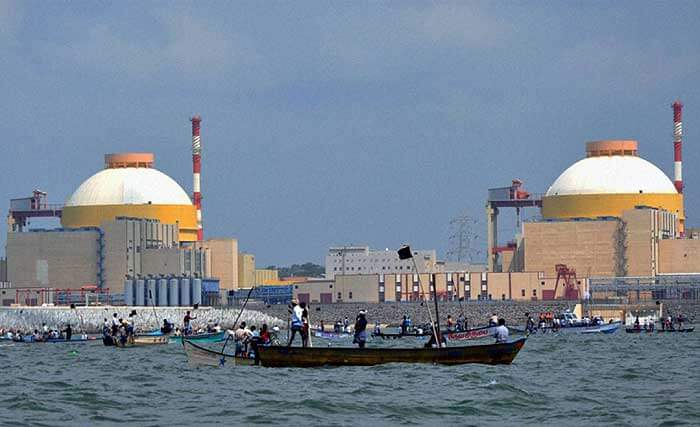
Although its construction started in March 2002, it started its operations in 2013 due to protests by local fishermen. In phase one of the project, two Russian technology based pressurised water reactors (PWR) units were set up. Besides this, in December 2008, an agreement was signed between India and Russia for the construction of four more units. In 2016, the construction work to set up units three and four was started with the target of completing it by 2023. The agreement for the construction of 5th and 6th units is signed by NPCIL and ASE Group of companies. It is estimated that the combined capacity of the power plant will be 6000MW after its six units become operational. The production life of this plant is around 60 years that can be extended by 20 more years. 4) Kaiga Generating Station, KarnatakaIt is located at the Karwar district in the state of Karnataka, India. As of now, it is the third-largest nuclear plant in India under the aegis of Nuclear Power Corporation of India (NPCIL). 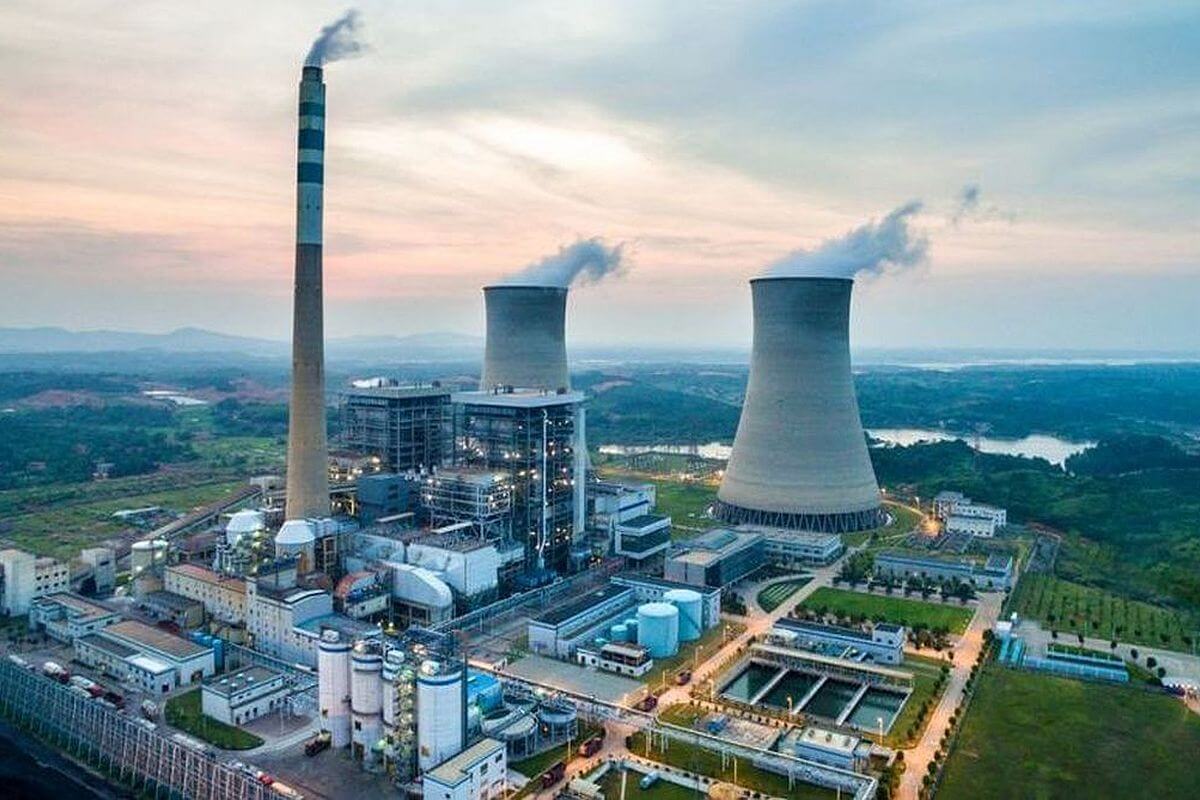
Initially, it has three fully operational units, later one more unit, which is the nation's 20th reactor, became operational. The addition of the fourth unit enabled India to be a sixth country to join the world's famous nuclear club after the US, France, Japan, Russia and Korea. It has also increased the nuclear capacity of India from 4,560 MW to 4,780 MW. The reactors use unenriched natural uranium as fuel and heavy water as a coolant and moderator. The double stage turbo generator is used to generate electricity. To drive the generator, the reactor produces saturated stream. The plant provides services to Southern part of India. It provides electricity to Andhra Pradesh, Karnataka, Tamil Nadu, Pondicherry, and Kerala. Since it became operational till 28 February 2003, it has generated 7,881 million units (MUS). 5) Madras Atomic Power Station, Tamil NaduIt is the first indigenously built nuclear power station in India, located near Chennai, Tamil Nadu. It was constructed jointly by the Dept. of Atomic Energy (DAE) and Larsen and Toubro by using their experience of working with the CANDU reactors at Kota. 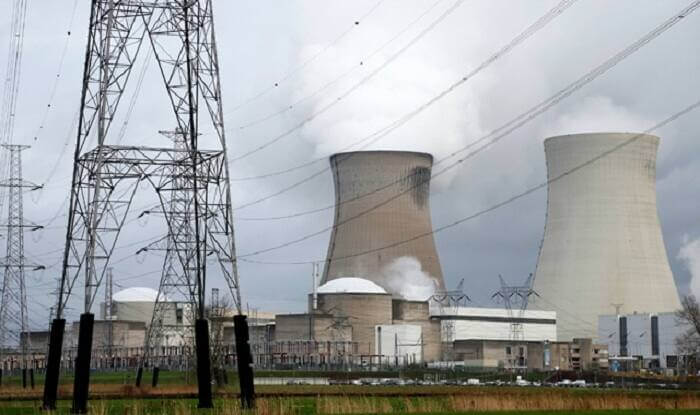
It comprises two pressurized heavy water reactors or units. First is MAPS-1. Although it was completed in 1981, its operation was delayed due to the shortage of heavy water. Later, when it became available, the unit started working in January 1984. The second unit (MAPS-2) began operations in March 1986. Each of the units is capable of generating 170 ME independently. An accident occurred at the second unit on 26 March 1999 that caused the spillage of radioactive heavy water. All required measures were taken to avoid such incidents in future. The spent fuel of this power plant was used in nuclear weapons or in the fast breeder reactor program. Furthermore, Madras Atomic Power Station also has a pilot plant that was built to remove the tritium from the heavy water (moderator in the reactors). 6) Rajasthan Atomic Power Station (RAPS), RajasthanRajasthan Atomic Power Station is located at Rawatbhata in Chittorgarh district of Rajasthan. It was the first atomic power station in India to operate pressurized heavy water reactors. The first unit of RAPS is a 220MWe and it was built with the help of Canada. It started functioning on 16 December 1973. 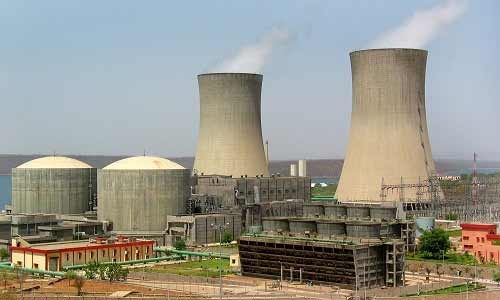
The Unit-2 was completed late as during its construction Canada withdrew its assistance after India conducted a nuclear test at Pokharan in 1974. As of now, it has six pressurized heavy water reactors (PHWR) units that are operational with a total capacity of generating 1,180MW. The NPCIL has decided to increase its capacity further by adding two more units (Unit 7 and 8) in this plant. The contract to construct these two units was given to Hindustan Construction Company in May 2010. The new reactors are provided with advanced safety features which means they do not require human or machine involvement to ensure safety. It uses passive safety method based on natural convention and principals of gravity. The new reactor also provided with two independent shutdown systems. One system cools down the reactor core even in a power cut. The other one is designed to hold the radioactivity within the reactor core during an accident. 7) Narora Atomic Power Station (NAPS), Uttar PradeshNarora Atomic Power Station is located at Narora in Bulandshahar district of Uttar Pradesh. This power station provides services to the northern power grid of India. It has two pressurized heavy water reactors (PHWRs), Unit 1 and 2. The Unit 1 has started its commercial operations on 1 January 1991. The Unit-2 became operational on 1 July 1992. 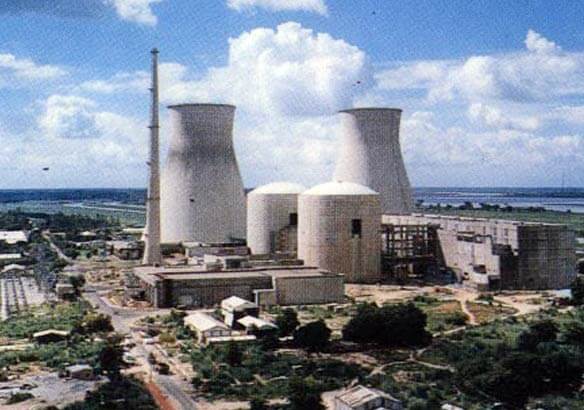
An accident occurred on 31 May 1993, when due to the malfunctioning of steam turbine blades in Unit-1 a fire broke out. This fire and problems with the cabling system of the reactor had almost caused nuclear a meltdown. However, it was rehabilitated successfully. Another incident occurred in September 1999 in Unit-2, due to the malfunctioning of the air-locking inner door. The plant had to shut down and the unit was closed for around one month. Around December 1999, after being inspected by the Bureau of Indian Standards, the environmental management system of this facility had been certified. In 2000, NAPS became Asia's first ISO-14001 certified atomic power station and also received the Golden Peacock Award from the World Environment Foundation for its contribution to the preservation of the environment. Till 28 February 2003, NAPS was able to generate 28,366 million units.
Next TopicLongest River in India
|
 For Videos Join Our Youtube Channel: Join Now
For Videos Join Our Youtube Channel: Join Now
Feedback
- Send your Feedback to [email protected]
Help Others, Please Share










